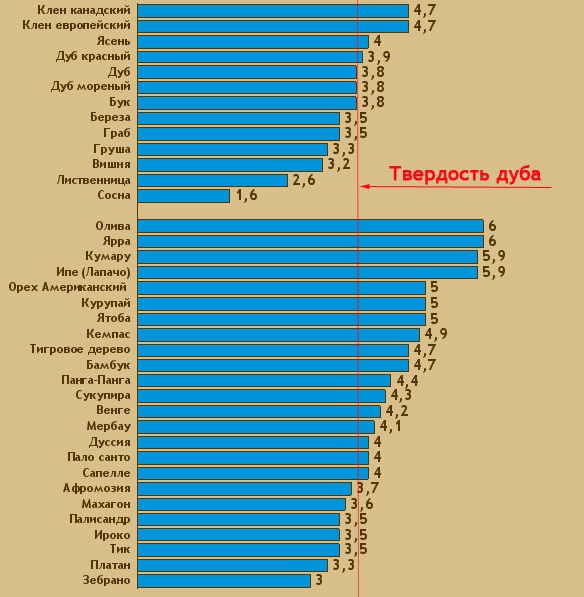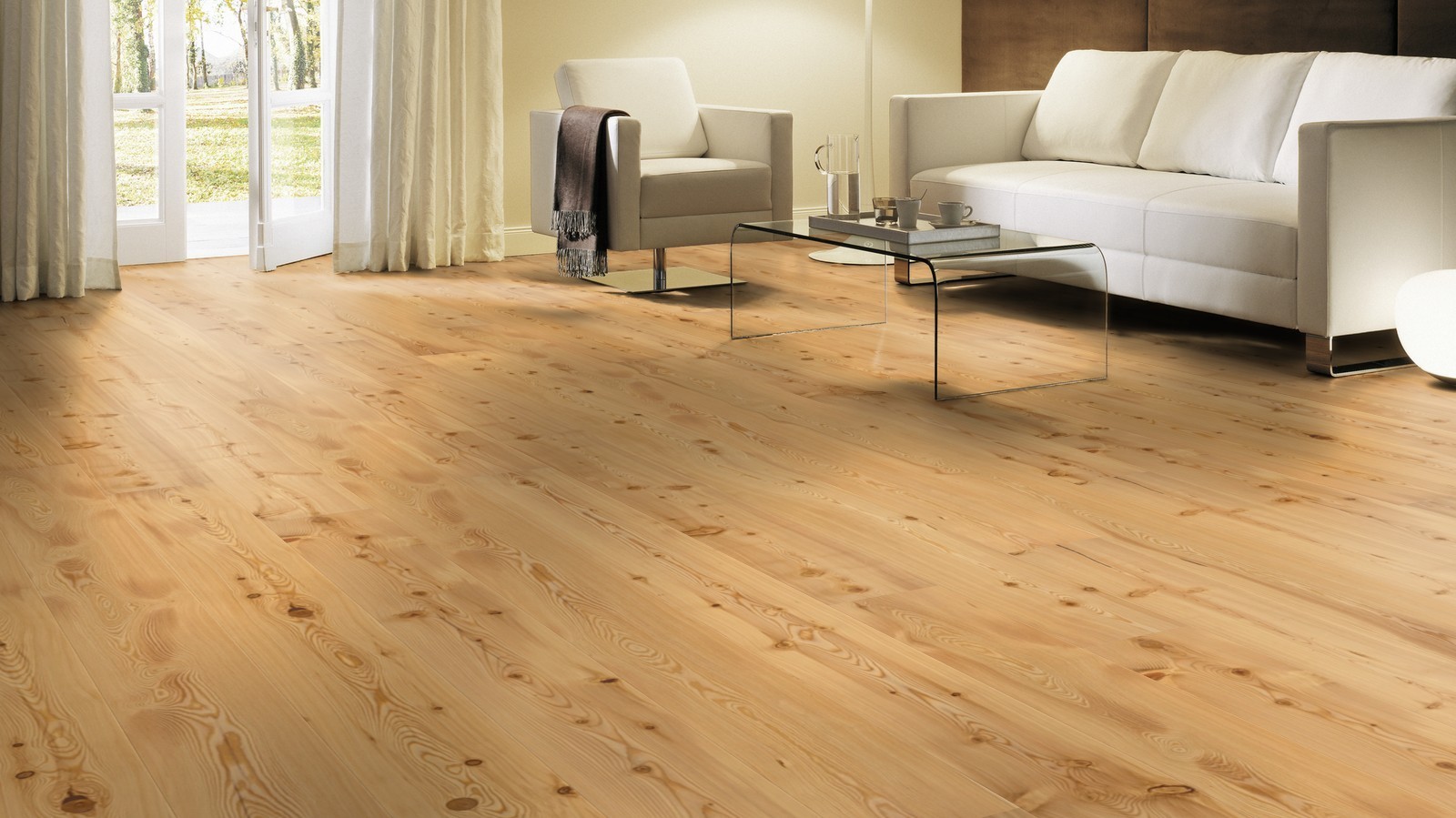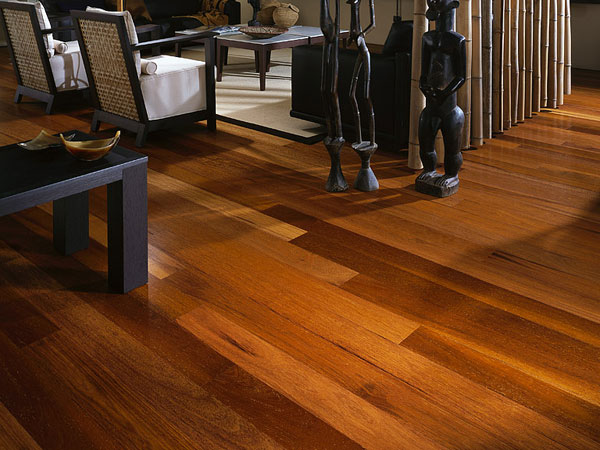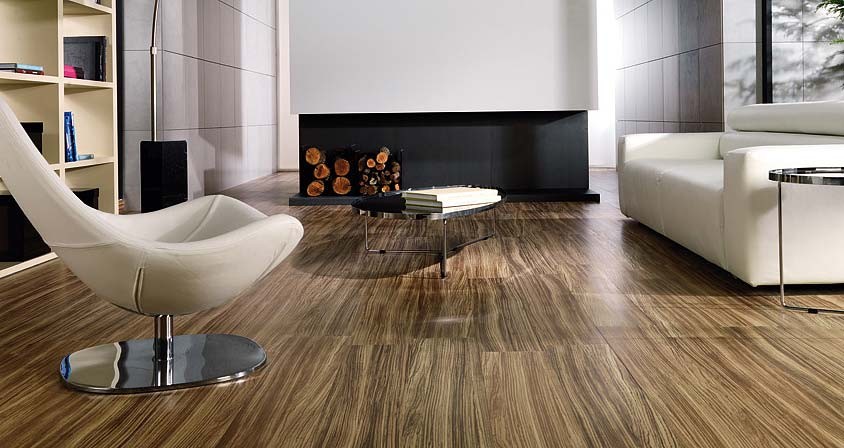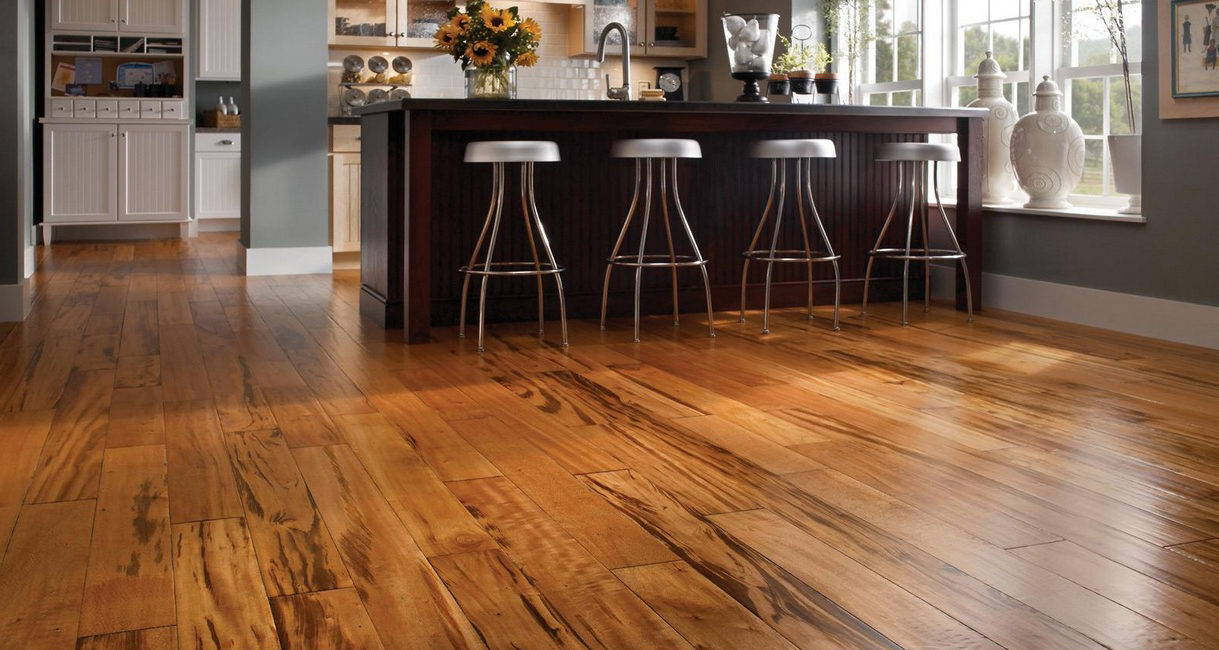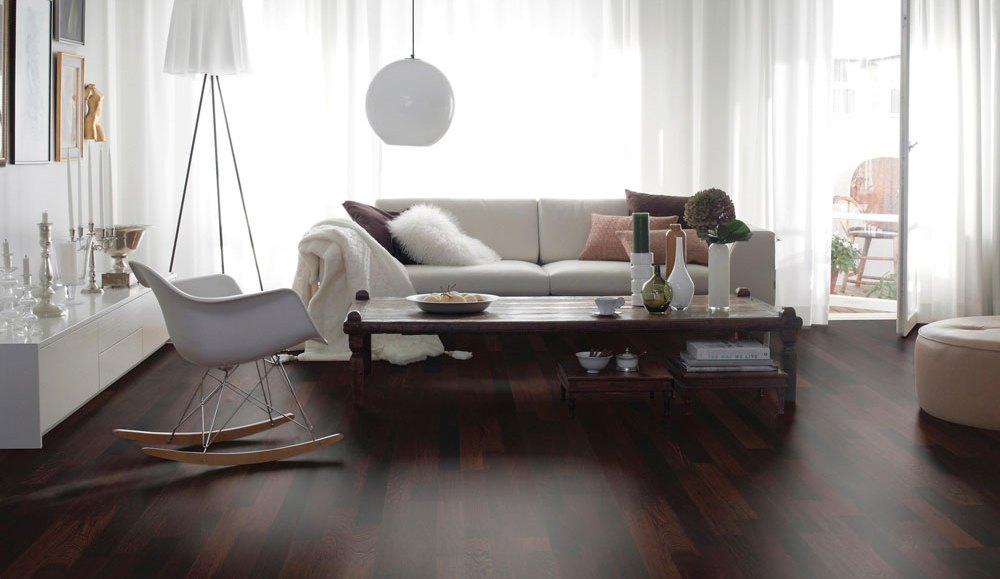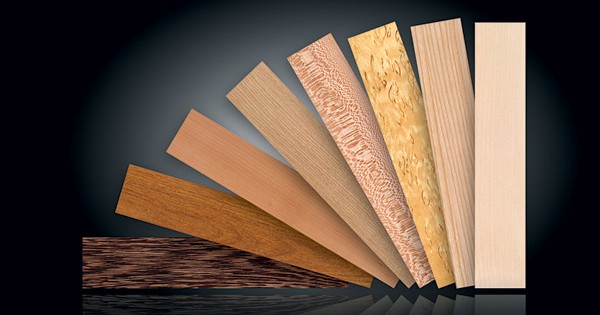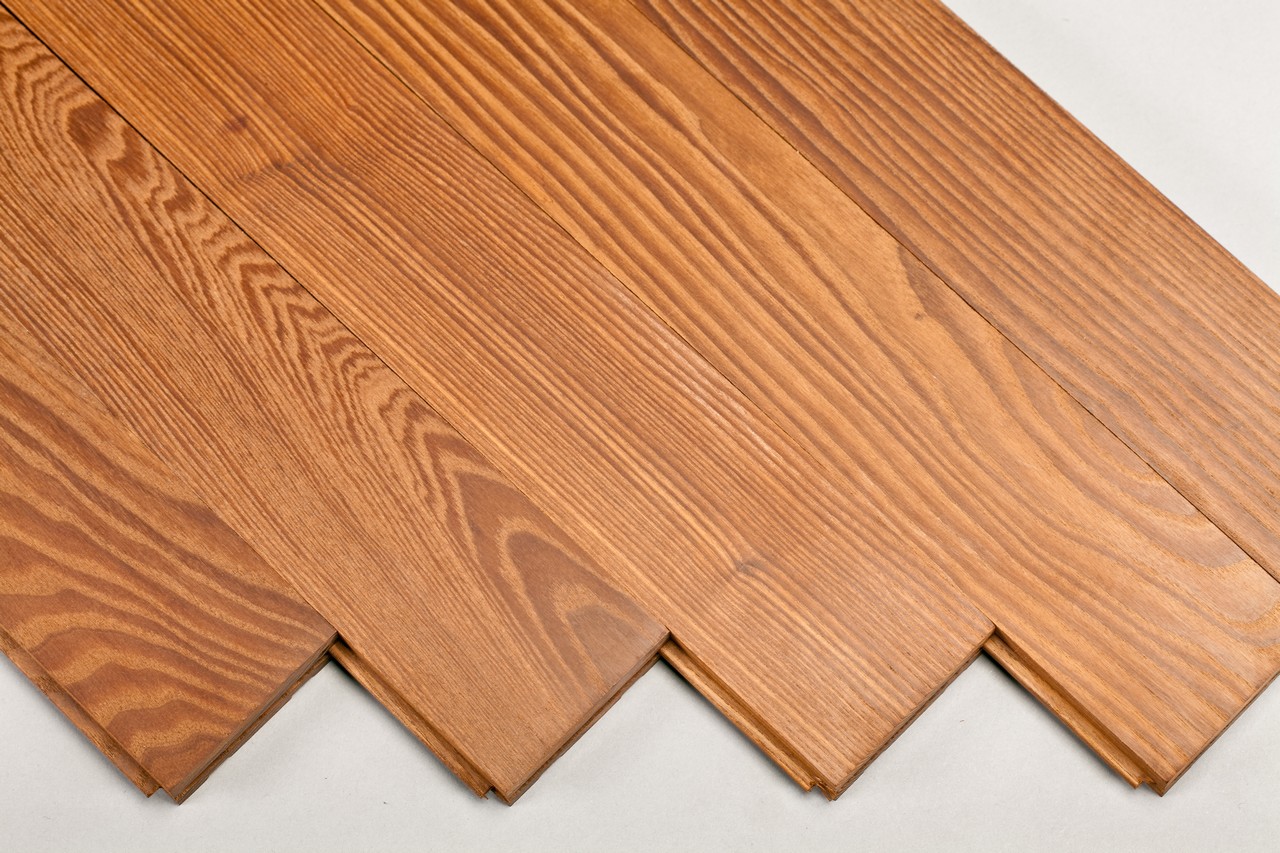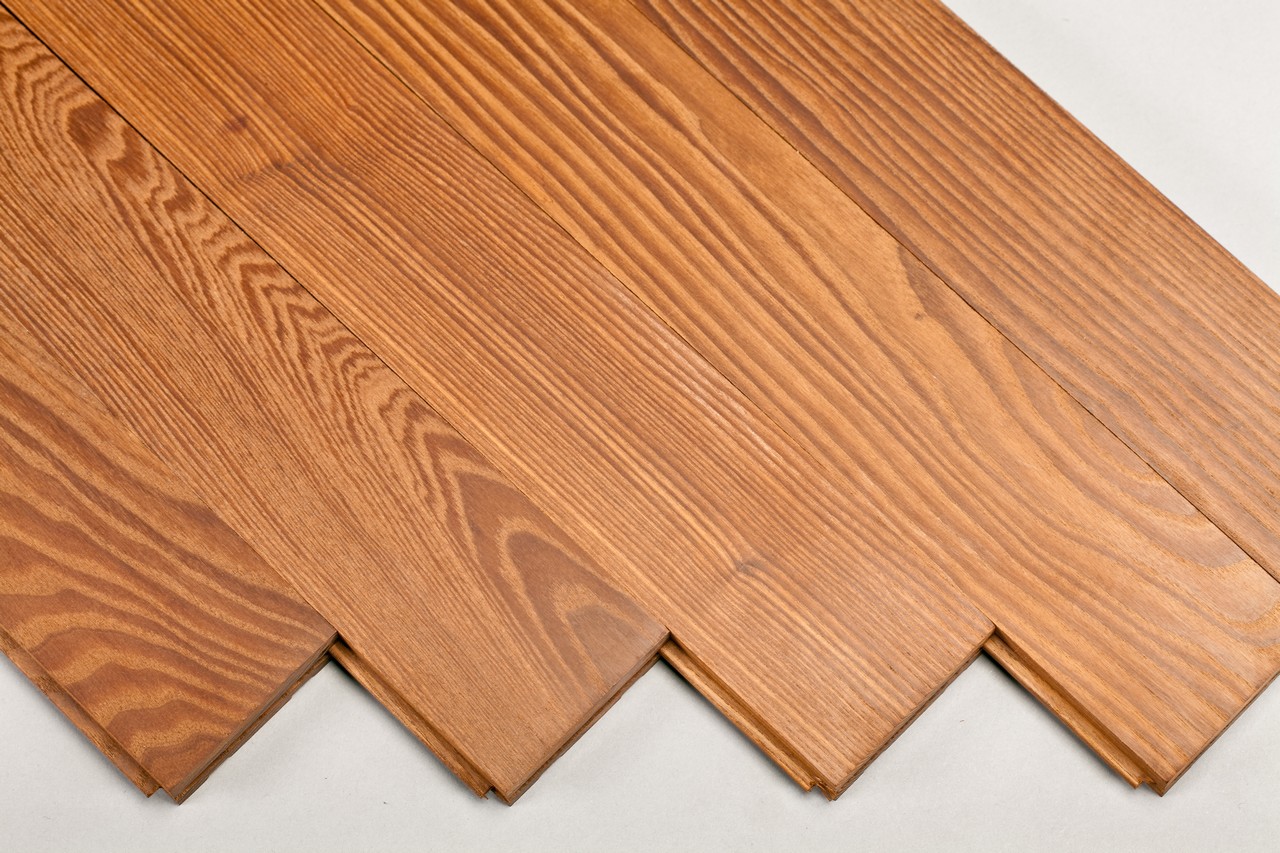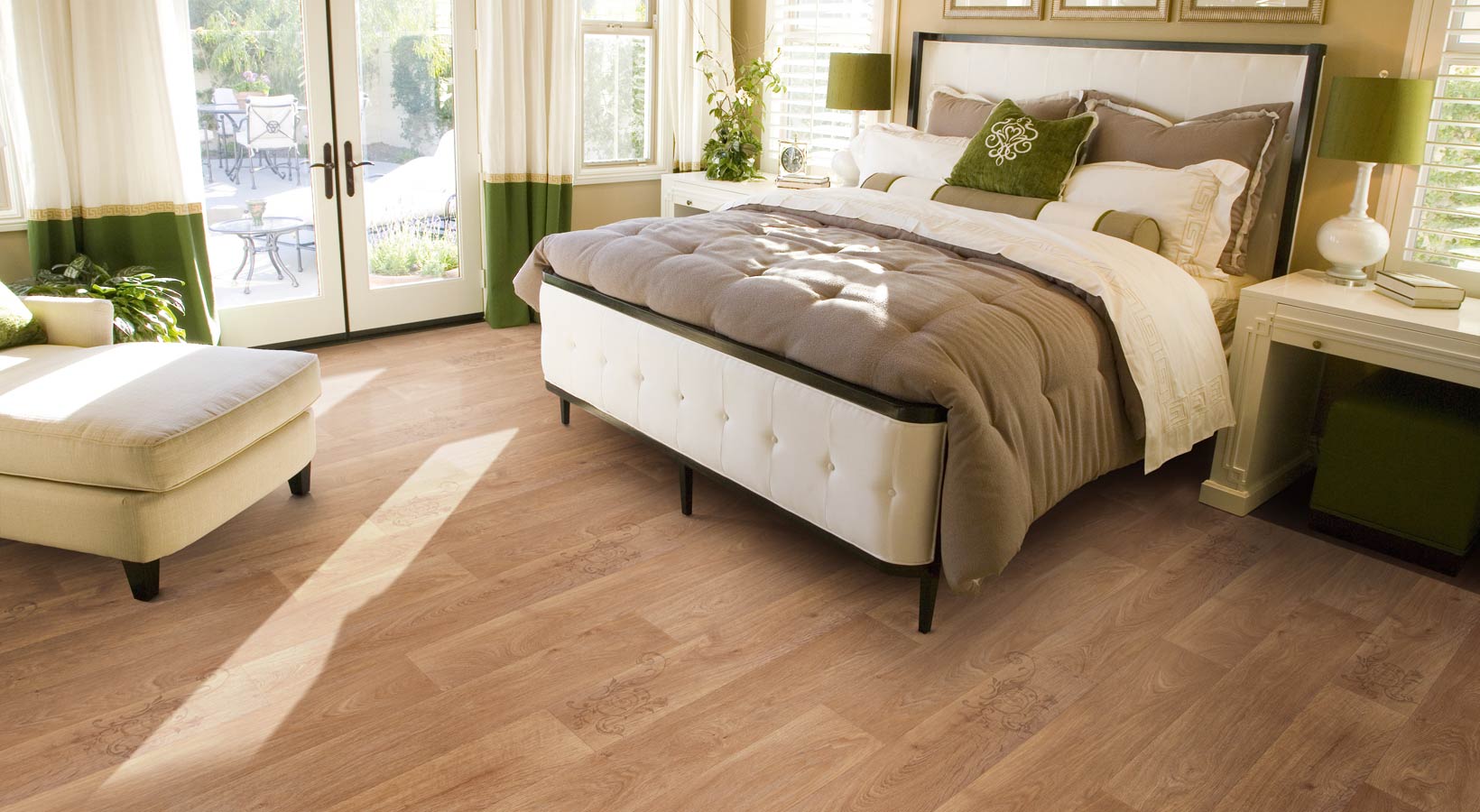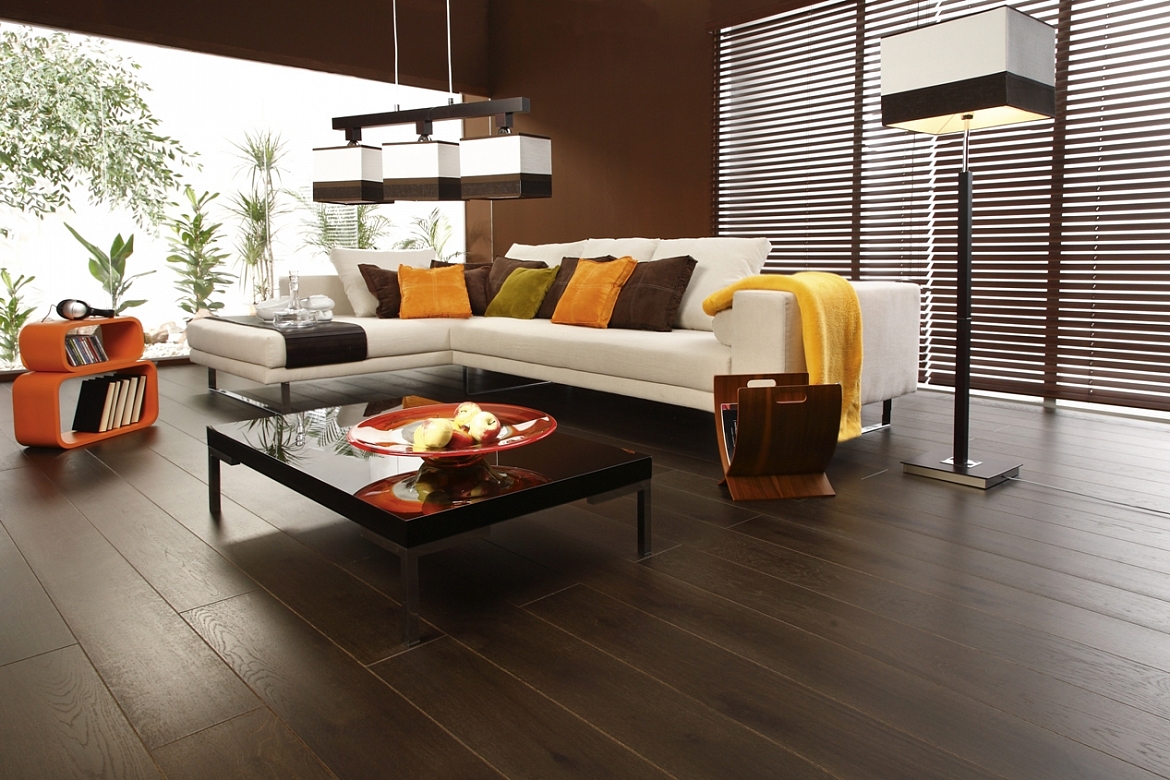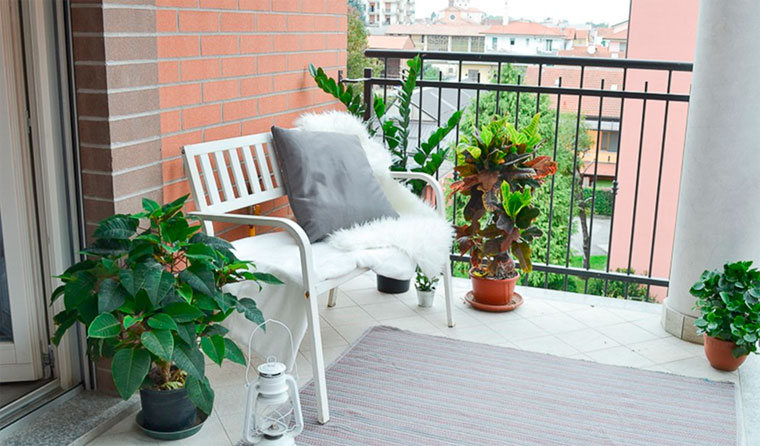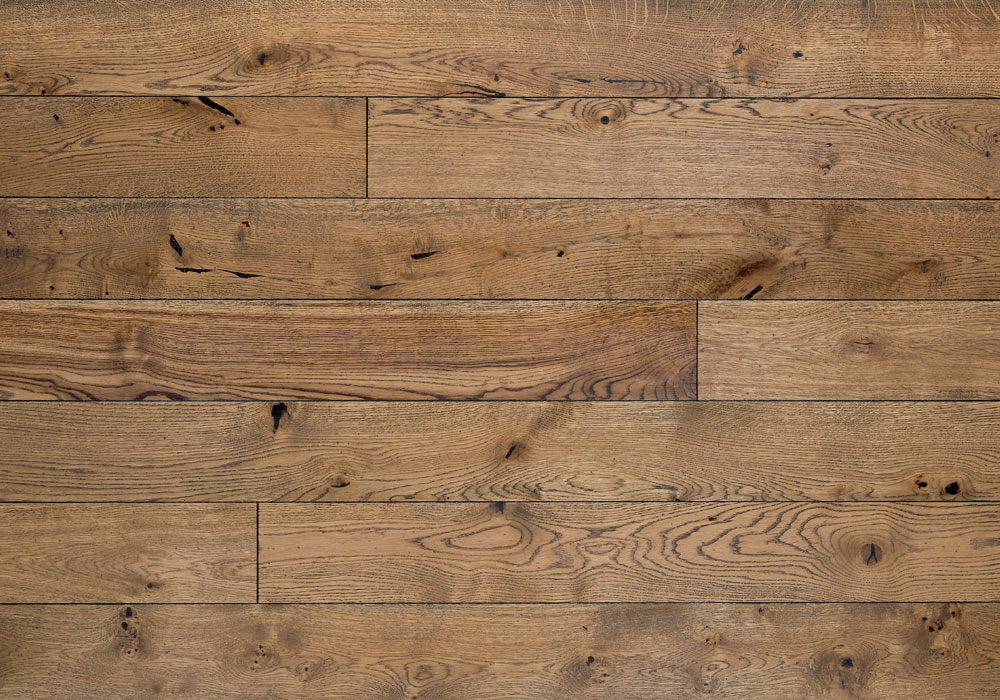Which wood floor is better? Choose the type of wood and type of flooring
The wooden floor is a classic that will be appropriate in any style of interior, in a city apartment and a country house. Wood has unique properties of heat insulation and sound absorption, has a pleasant warm surface and excellent appearance. The performance of different types of wood may vary, as well as color. If some breeds can easily withstand jumps and falls, then others can be damaged by simple heeled shoes. However, both of them find application, only in different rooms and in the form of different types of flooring. We figure out which wooden floor is better and which wood species is better to choose in a particular case.
Types of wood flooring
This section could be missed if many did not confuse parquet with a parquet board, and parquet board with a massive one. In fact, only two types of flooring are produced from solid wood:
Both of these products are made of solid wood, processing is used only to give the necessary operational or aesthetic qualities. It is a natural durable material.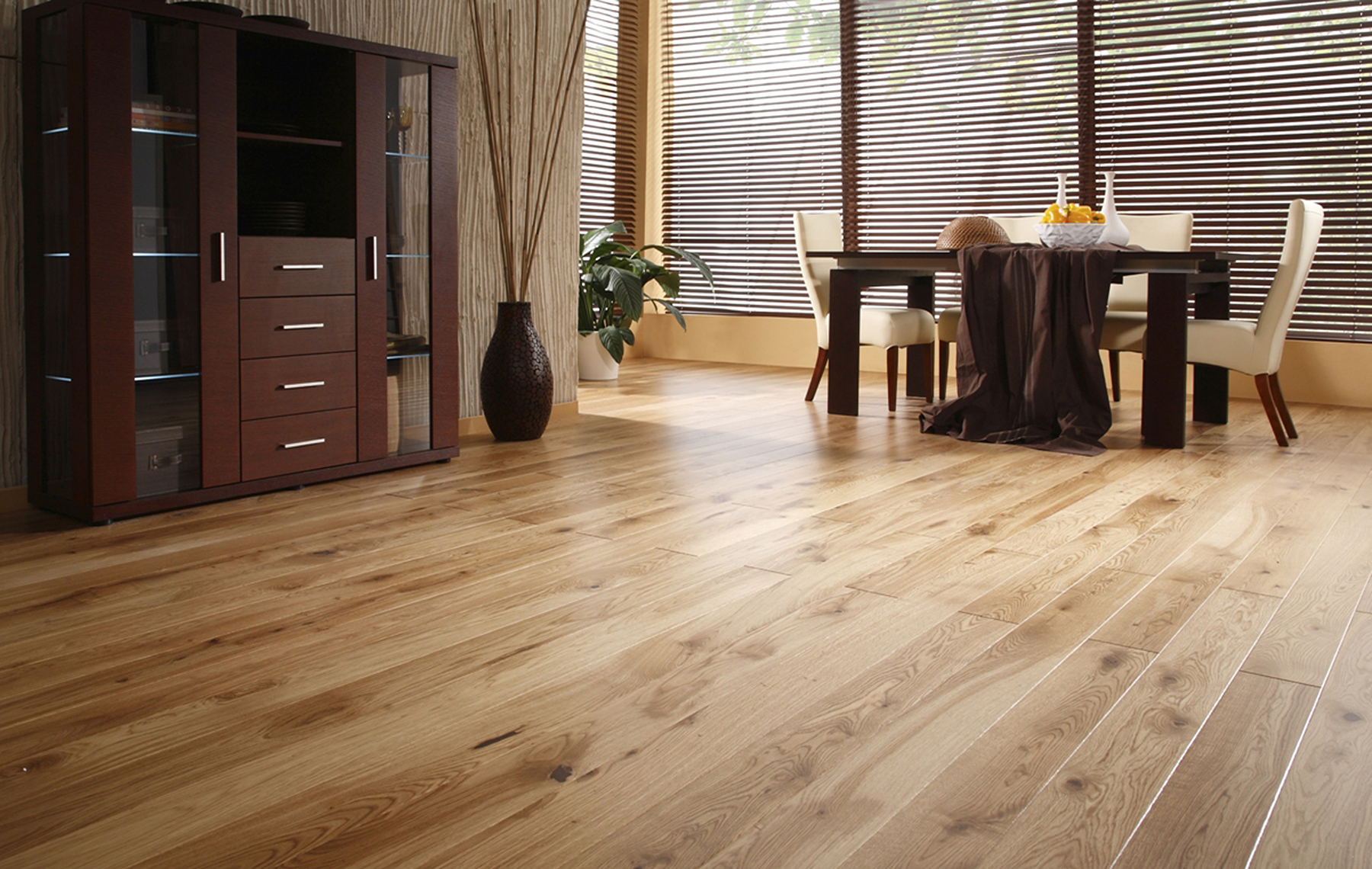
The difference between solid wood and parquet lies in size: the flooring is much smaller. The average size of parquet planks is 50 * 600 mm, the thickness is 15-16 mm, and a massive board can be from 60 cm to 6 m in length, from 7 to 20 cm in width, and the thickness varies widely.
Parquet board can not be attributed to the coverings of the array, as it consists of three layers, and only the top is made of solid expensive wood, the rest is cheaper coniferous wood. Parquet board - a more affordable coating, the durability of which is lower than that of a massive board, due to the smaller number of possible polishing, because a layer of valuable wood is much thinner here.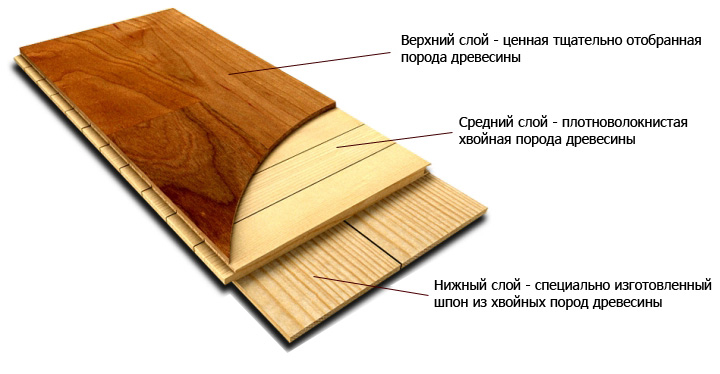
Wood species selection more depends on which room the coating will be used in, in what conditions it will be, and what loads will affect it. As for the breed and type of coating, with rare exceptions, most types of wood are used to create parquet and solid wood. For parquet boards, ash, beech, pine, birch and oak are most often used.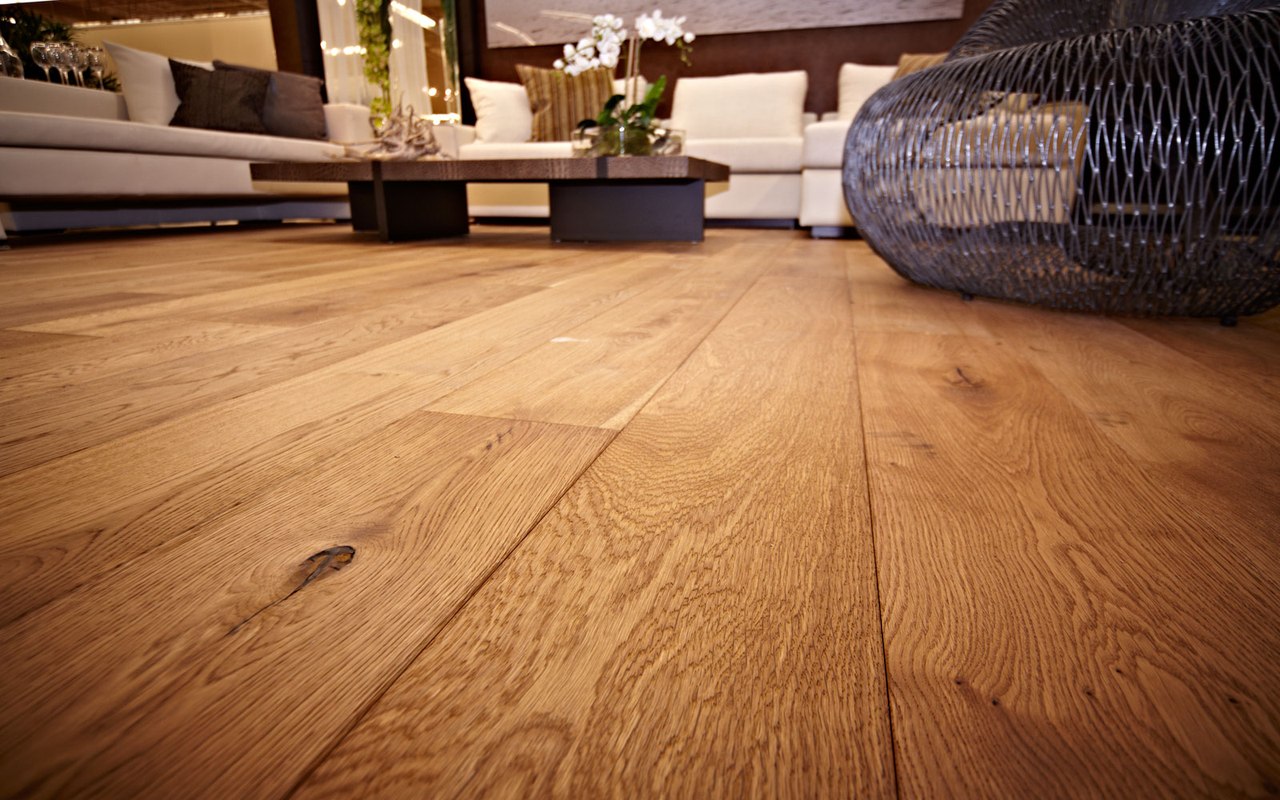
Oak Wood - Strength and Luxury
Oak is the best option for making any type of flooring. This is a benchmark that serves to evaluate other types of wood. By strength and hardness, oak is often compared with concrete. The color scheme of wood is wide, there are about 200 shades: from light yellow to dark brown with a splash of green and gray. Over time, the oak tends to darken slightly, which makes its appearance even more luxurious. On wood, annual rings are clearly visible.
Solid oak and parquet can be produced with varnished or without it. It all depends on personal preferences and interior style: board without varnish - an option for the Scandinavian and eco style with varnish - for the rococo style, classic, modern.
Main advantages oak:
- high hardness, strength and durability, resistance to abrasion, therefore, oak floors are used not only in residential premises, but also in restaurants, clubs, offices and other facilities with a high load;
- high resistance to fire and moisture, oak is not susceptible to decay and spread of the fungus. Thanks to these properties, it has found application in rooms with high humidity (kitchens, bathtubs and even baths with saunas);
- high soundproof properties;
- excellent aesthetic qualities, beautiful natural pattern.
Disadvantage only one - high cost, but the investment pays off, because oak parquet or board can last for decades.
Scope of use: residential and public buildings, hallways, baths, kitchens, saunas and baths.
Ash - a direct competitor to oak
Parquet and massive board are also made of ash, it is used for the manufacture of parquet boards - it is equally good in all areas of use. In strength, it even goes around oak, and the fact that baseball bats and pens of sports equipment are made of ash is a fact that speaks for itself. The wood has a light shade, so it is often used in cases where it is necessary to visually expand the room and bring warmth into it.
Benefits:
- high strength, wear resistance and elasticity. Ash is used for decorating gyms, not to mention residential and commercial premises;
- excellent appearance;
- good heat-insulating qualities.
Of cons high price and low resistance to low temperatures and temperature extremes, but this will not be a problem for an apartment.
Scope of use: residential and commercial premises, hallway, kitchen, gyms.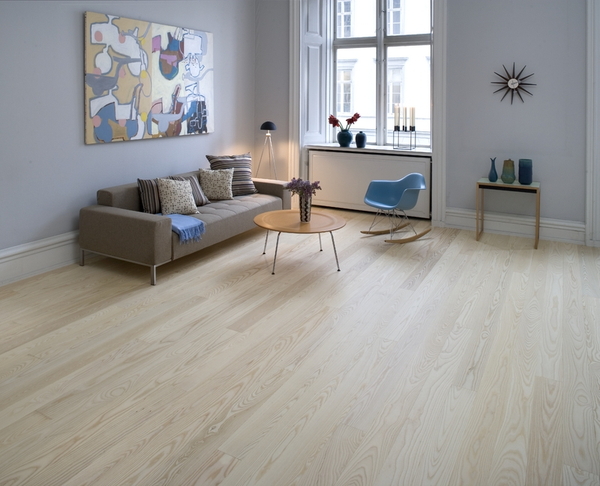
Siberian larch - durability and moisture resistance
Among all conifers, the strongest and most durable is larch. The unique performance of wood is explained difficult growing conditions. Under the constant influence of moisture, the larch does not rot, but becomes denser. In strength, it is only slightly inferior to oak, and in durability, it catches up with it. Many European architectural monuments with a long history still have larch floors. Moreover, the piles on which Venice is built are made of this particular breed.
Benefits:
- secular longevity;
- moisture resistance, resistance to mold and fungus due to its unique antiseptic properties. Larch wood is used for arranging moorings, terraces, baths, baths;
- hardness and wear resistance allow the use of larch in restaurants, shops and gyms;
- has more than 10 different shades, excellent color and texture retention, does not darken.

Larch is more expensive than pine, but performance also cannot be compared. If you take into account the service life and resistance to almost all negative factors, then larch can be called a very profitable investment. It is only important to choose the right processed wood, otherwise a significant part of the natural qualities will be lost. You can trust Lesinter products. The manufacturer specializes in the production of lumber from Siberian larch, has its own resource base, has the most advanced equipment and delivers products not only throughout Russia, but also to the United States, Japan and Western Europe. The company's assortment includes parquet and solid larch boards, as well as terrace boards, planks, lining, block house and other products. All products meet European quality standards.
Scope of use larch wood: residential and public buildings, kitchens, baths, baths, as well as houses where the owners are not all year round.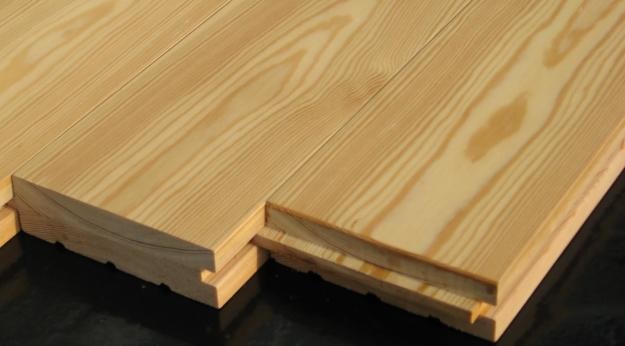
Softwood: pine, spruce and fir
The wood of pine, spruce and fir has gained popularity due to its cheapness. If funds allow, it is better to stop on other breeds.Coniferous wood is used in those rooms where it is not customary to walk in shoes. A massive board and parquet are produced from it (it is important that the elements have a thorn-groove connection), it is also used to produce different layers of parquet board.
The properties of coniferous wood are far from ideal, so the scope of their use is very limited:
- Pine It is distinguished by the presence of a large amount of resin, which protects the wood from decay, has an excellent appearance, has high vapor permeability and releases phytoncides into the air, and this is a natural antiseptic. The main disadvantage is low hardness, so even traces of the legs of more or less heavy furniture may remain. Use is allowed in bedrooms and living rooms;

- spruce even less durable than pine, so it is extremely rarely used for the production of floor coverings;
- fir differs in cheapness, has a pleasant appearance, has healing properties, does not emit tar and does not “cry” at high temperatures, but is afraid of moisture and has a low strength. We do not recommend using fir as floor material.
Alder - durability and benefits
In terms of strength and durability, alder is not much inferior to oak, it has healing properties.
Benefits:
- resistance to deformation;
- tannins contained in wood have a positive effect on the indoor climate;
- sufficient moisture resistance.
Scope of use: bedrooms, living rooms, nurseries, bathrooms.
Aspen - excellent moisture resistance
Aspen wood is used infrequently and this is primarily due to superstition. But if you include common sense, you can find a lot positive qualities. This is the ability to release nutrients into the air, and resistance to moisture, so often massive boards from aspen use even for arranging certain sections in the bathhouse.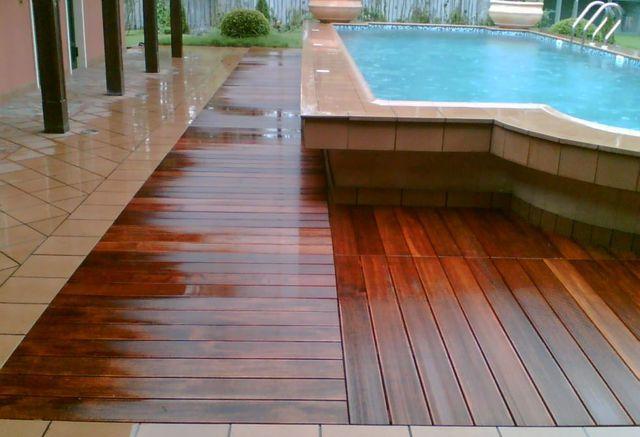
Maple - strength and elasticity
Maple wood is considered one of the lightest, and under the sun it acquires a pleasant golden hue. Among the main the benefits a unique pattern, hardness, bending strength, elasticity, but it is not recommended to use a maple board in rooms with differences in humidity, therefore such a floor covering apply only in bedrooms and living rooms, and then not very often.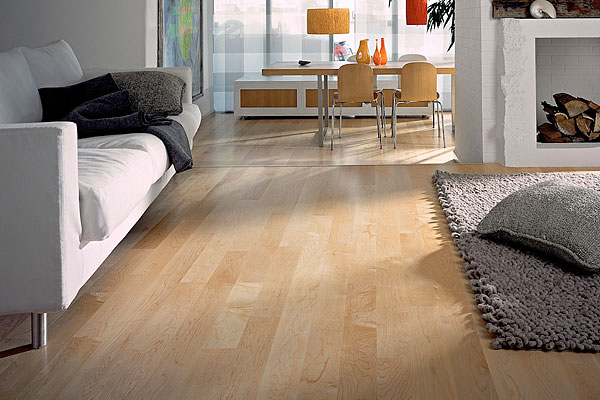
Cedar - expensive and reliable
A huge part of cedar wood is exported, so getting it from us is not so easy, and it costs a lot. Cedar is appreciated for numerous advantages:
- resistance to high temperatures and humidity, which is achieved due to the special fibrous structure of wood;
- high content of healing essential oils in wood;
- high strength and durability.
Scope of application: premises, kitchens, baths, saunas, bathrooms.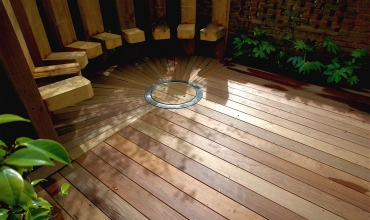
Exotic tree species
The wood of exotic trees, as a rule, has outstanding performance and a unique pattern and color, but it is also not cheap. If the funds allow and you want to decorate the interior unusually, then you can choose one of the many exotic breeds:
- merbau - the most popular breed from all of us exotic, resembles an oak in strength and resistance to high humidity. A distinctive feature is the appearance. The wood has an intricate pattern and color from golden orange to almost brown, the tint tends to change over time;

- zebrano - a tree with very strong, dense and easily processed wood, which has gained wide popularity due to its color, is dark brown stripes on a light background, like a zebra. Wood is very expensive, and the high demand for it has put the species of wood on the brink of extinction;

- rosewood in hardness and density 2 times greater than oak, has a color from brown to dark purple;

- tiger tree got its name due to its specific color, it has high strength and density, is resistant to moisture, so it was previously used in shipbuilding. It is used mainly for the production of parquet, massive boards are rarely made of it;

- bamboo does not apply to trees, but it is used for the production of parquet and parquet boards. Manufacturing technology consists in heating, straightening the stems and pressing them in special chambers. It turns out a durable board with an interesting pattern, which is not as expensive as its exotic counterparts, because bamboo grows quickly;

- wenge It differs in wood from dark brown to almost black. It is strong, solid, easily withstands mechanical stress, and is resistant to fungus. If the drying technology has been violated, then the wood will begin to become cracked, so you must be extremely careful when buying.

Exotic breeds also include incredibly durable jatoba, yarra, sucupira, muddy and kempas, as well as moisture-resistant teak and iroko, which is resistant to temperature changes. Of the non-exotic, walnuts, pears, cherries and acacia can be used, but they are rarely used for flooring.
When buying a wooden flooring, pay special attention to the geometry and features of the wood surface: the elements should be easily connected to each other, not have cracks, blueness and other flaws. A self-respecting manufacturer will pack the products in hard cardboard and thermal film. It is worth taking the time to choose and study the market, so that after several decades you can enjoy beautiful wooden floors.

